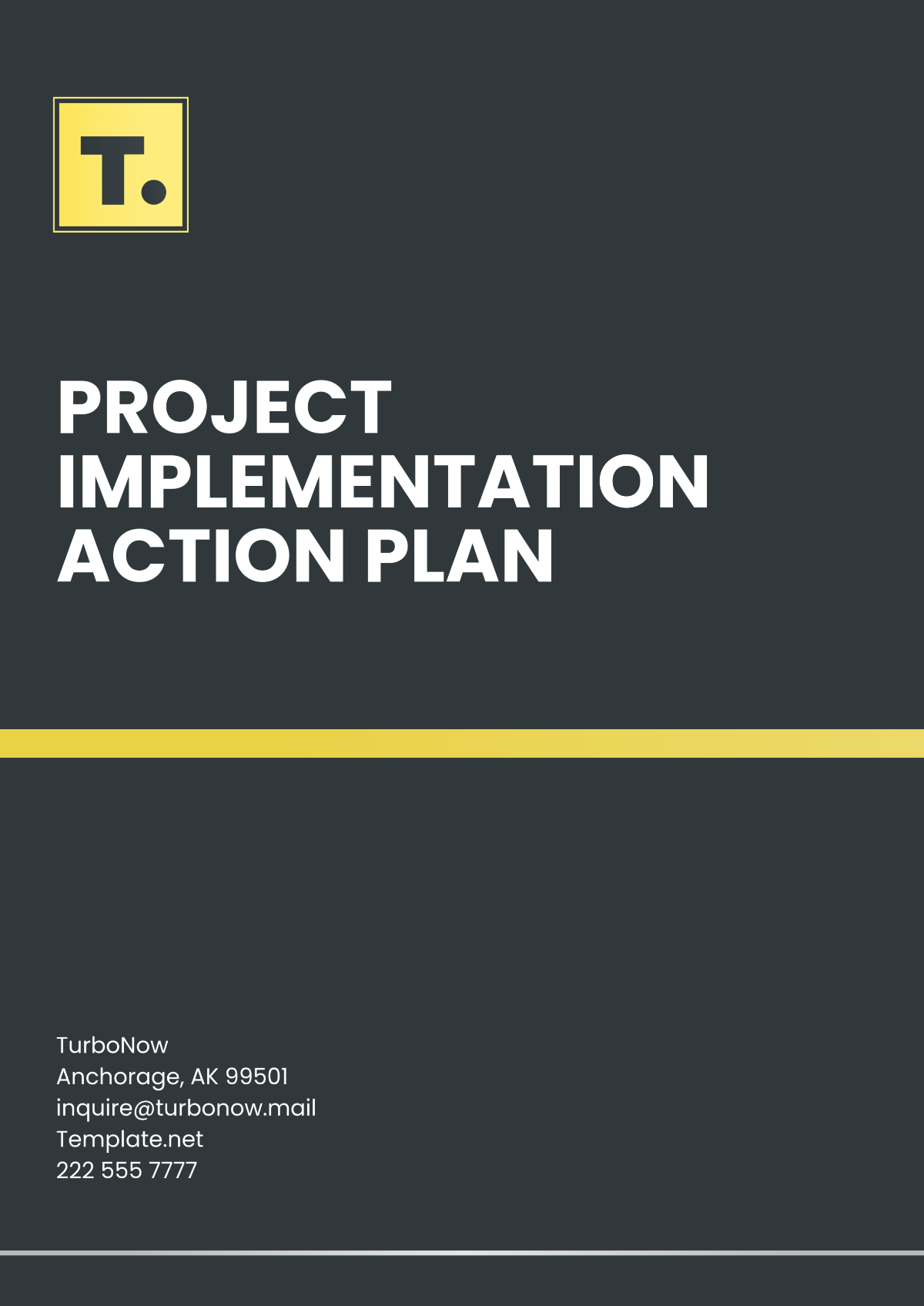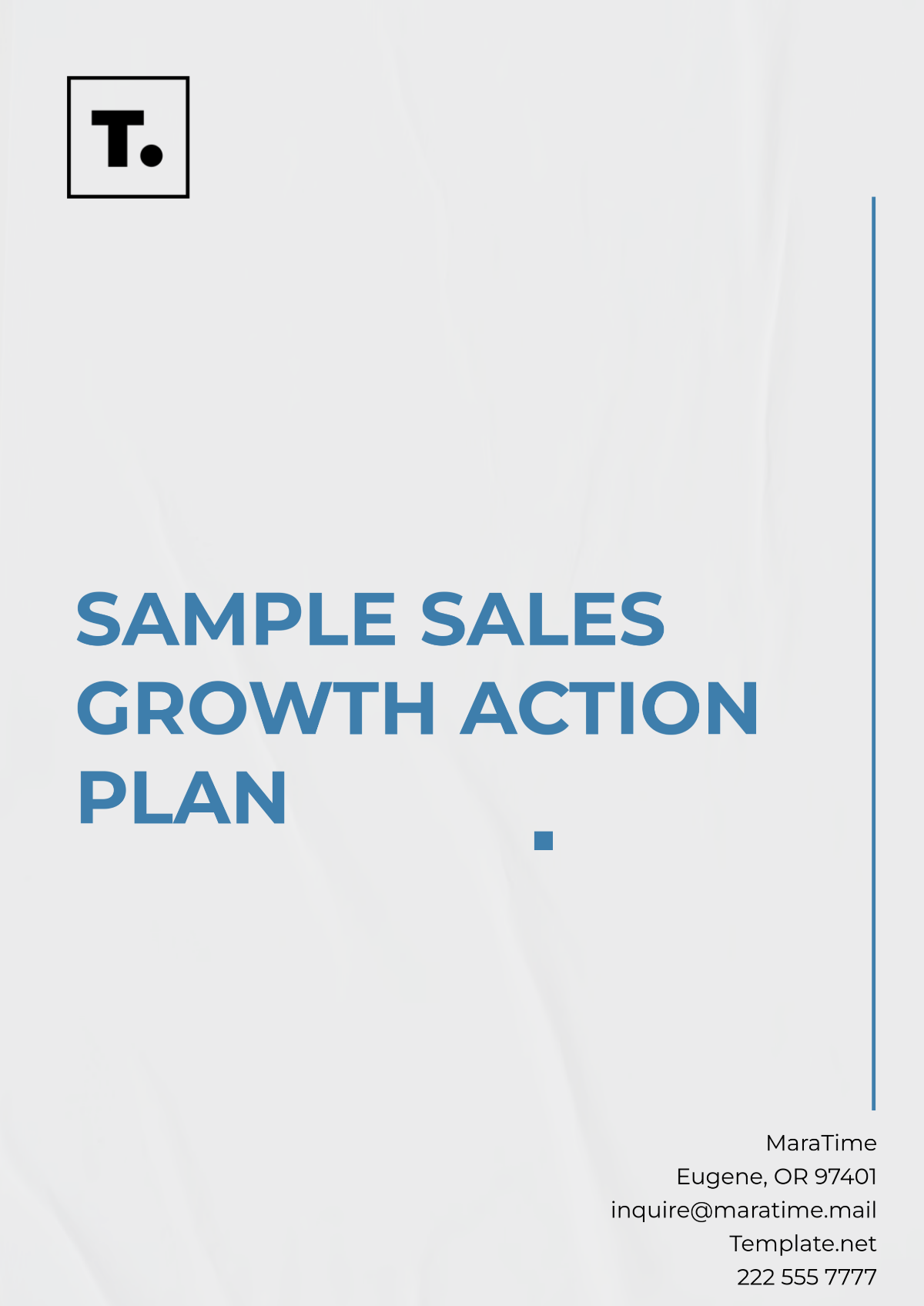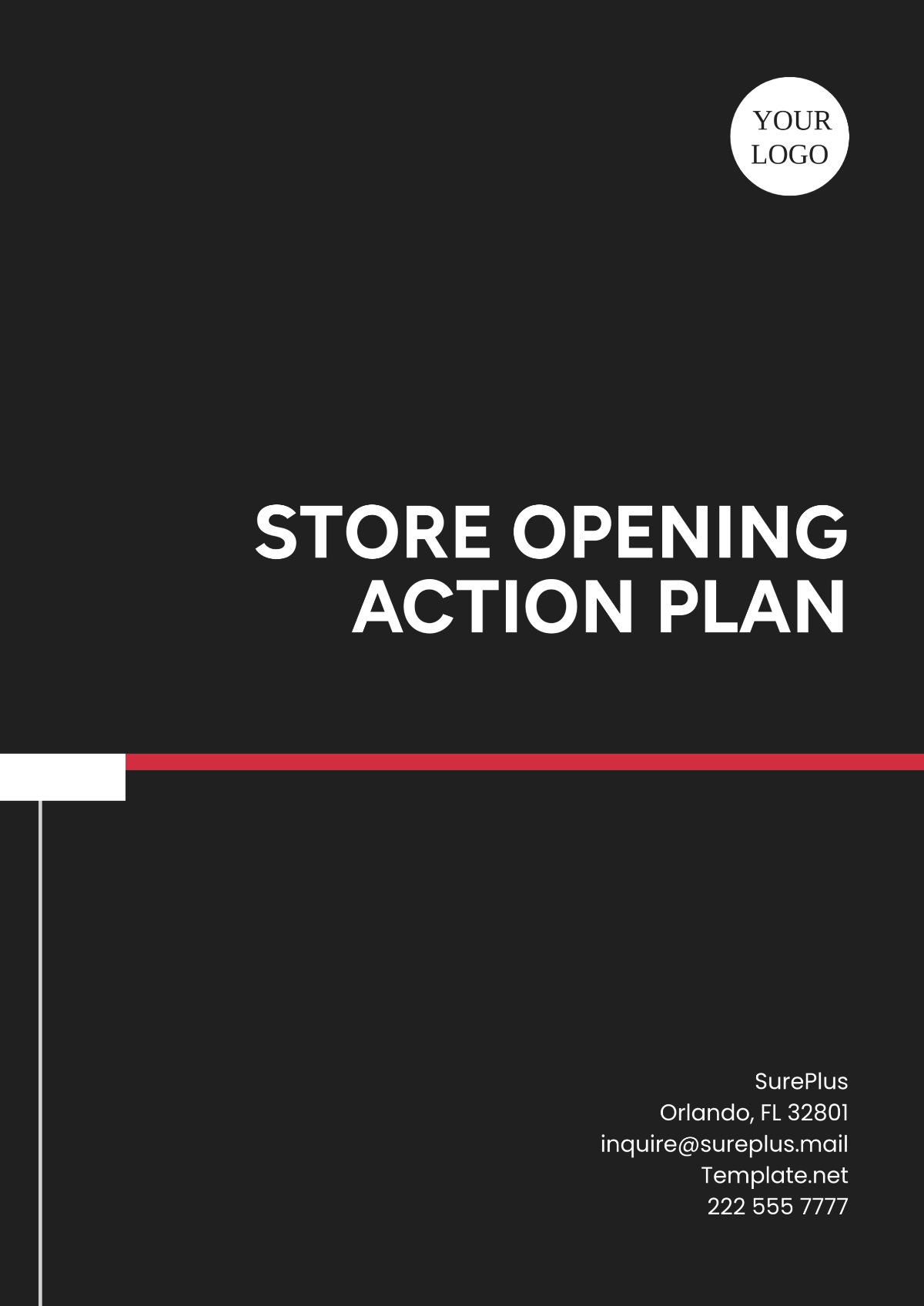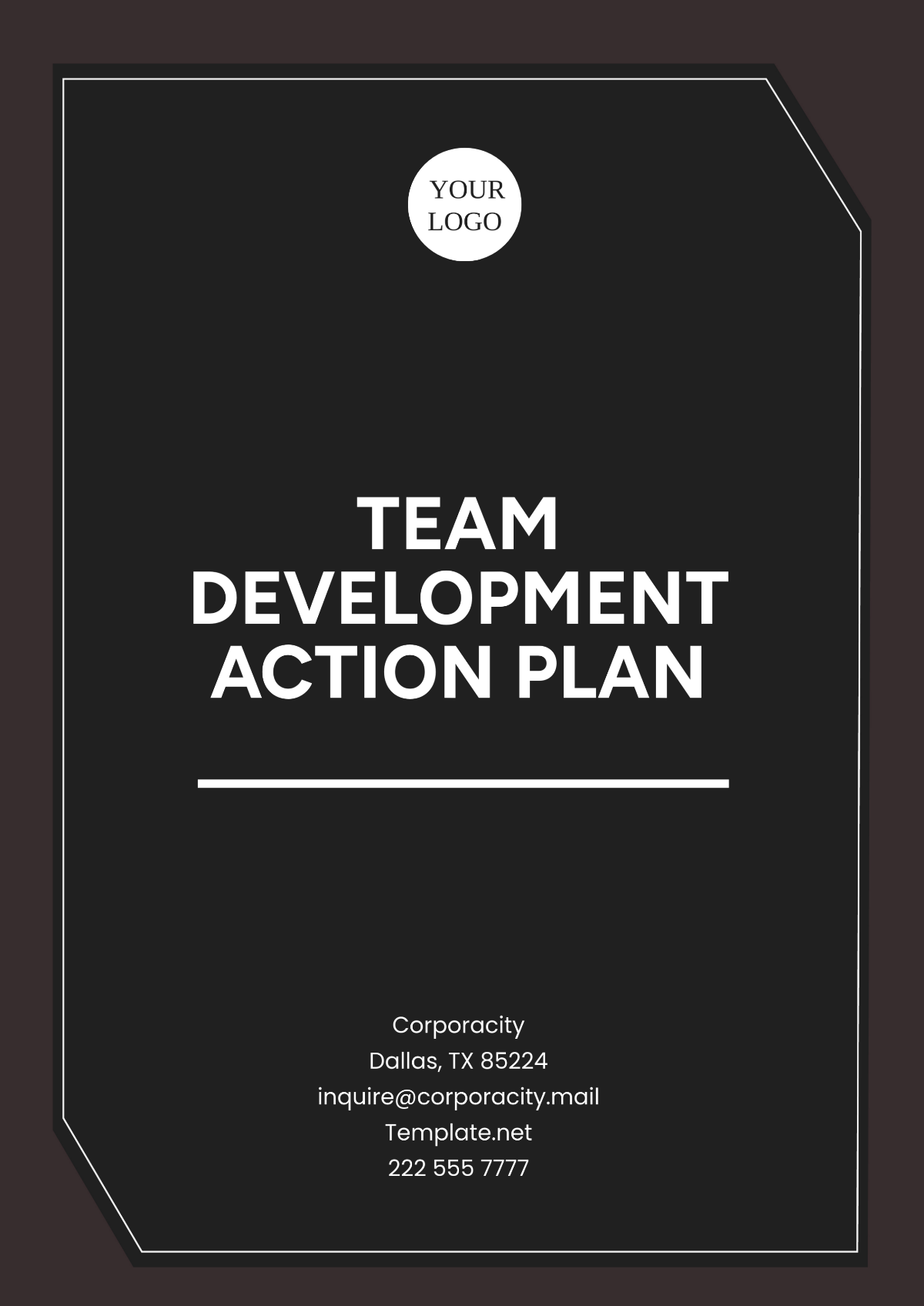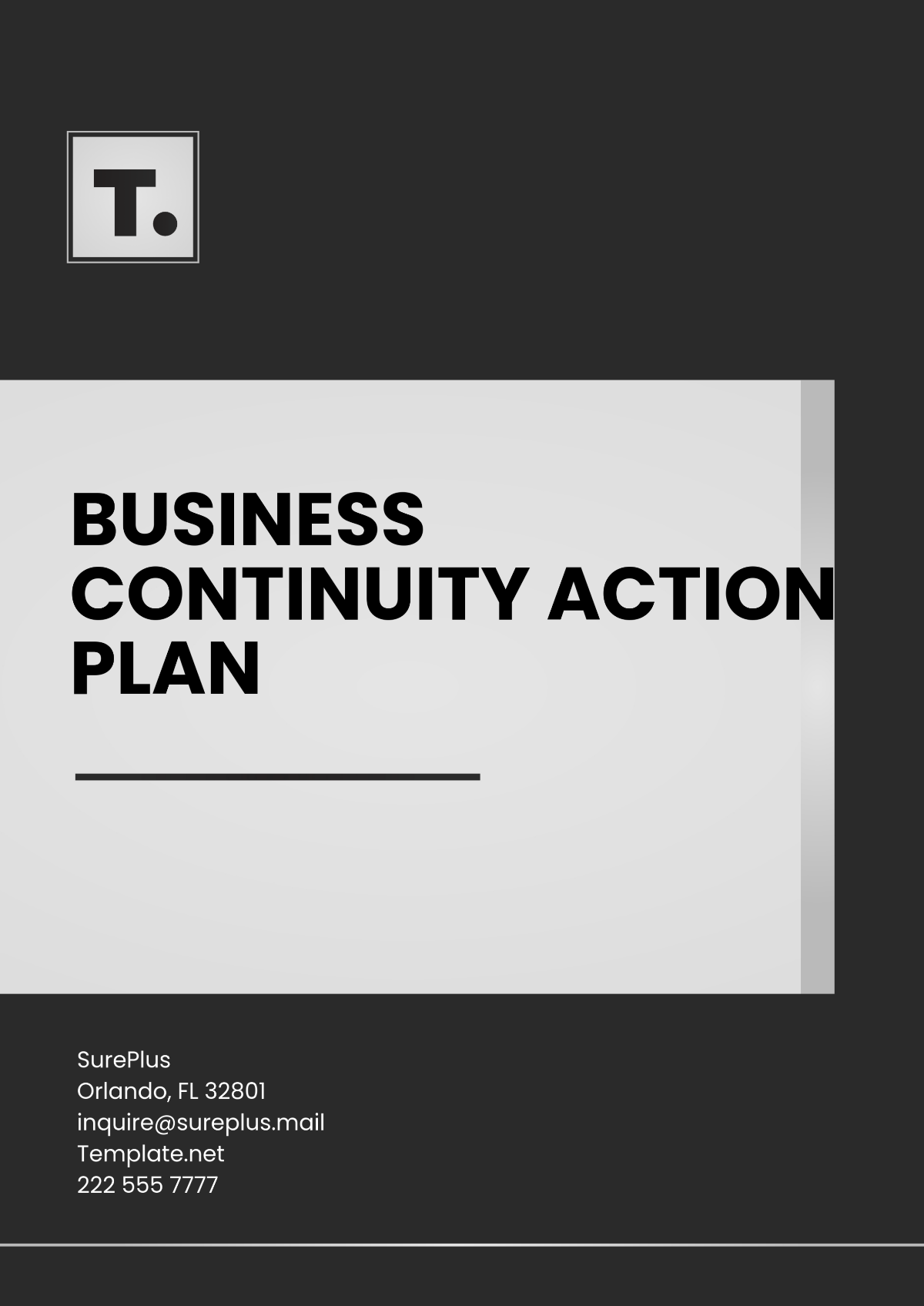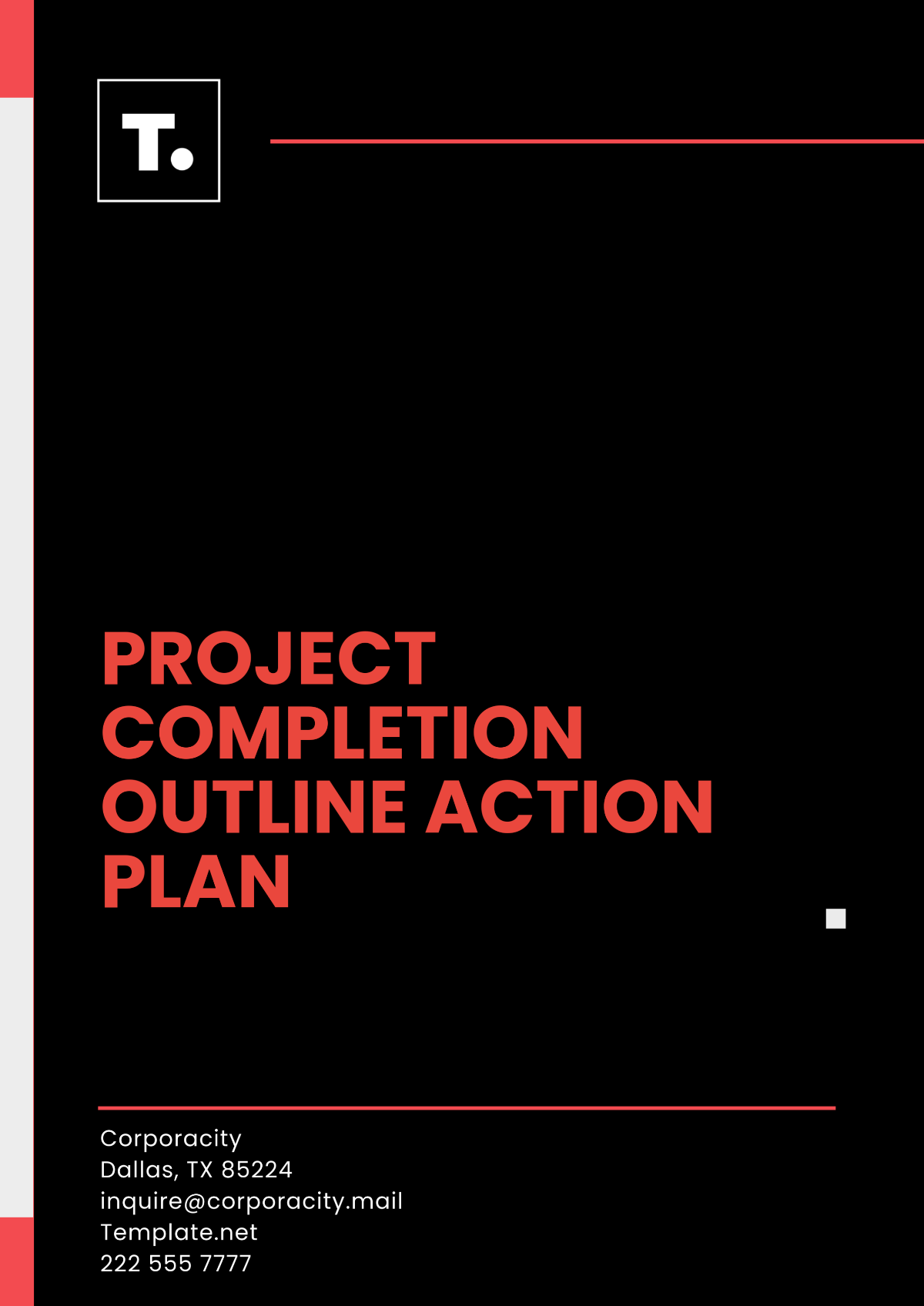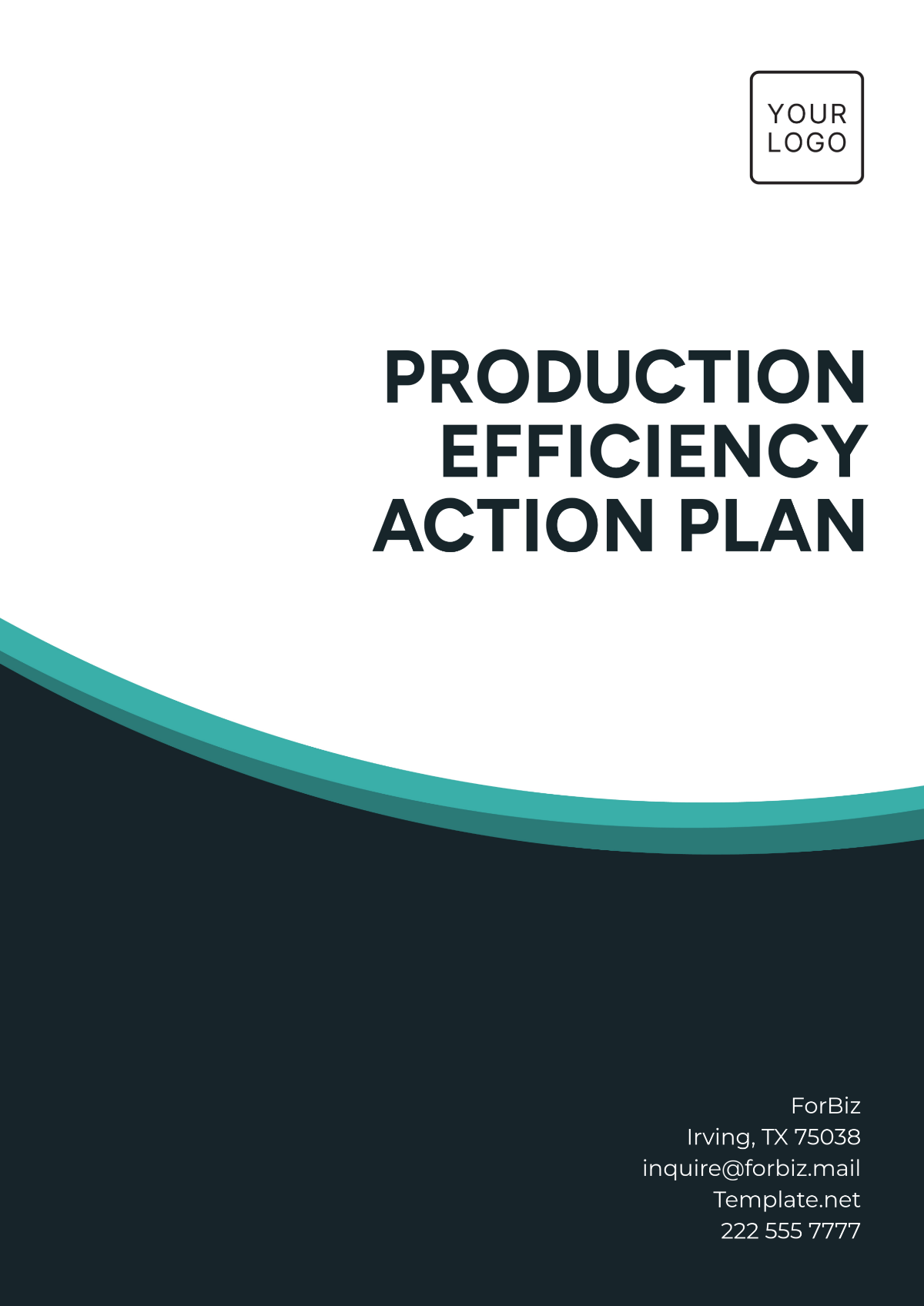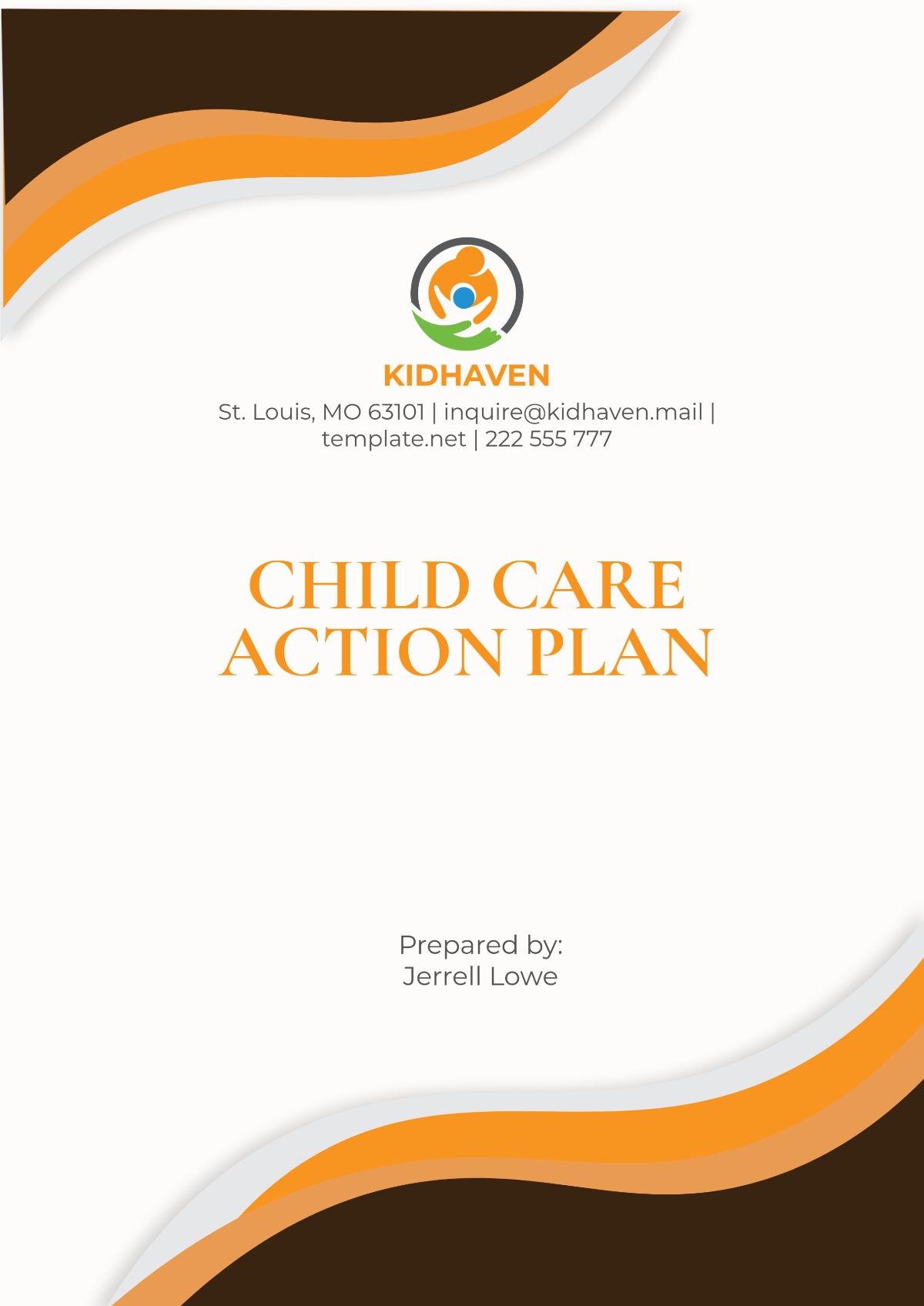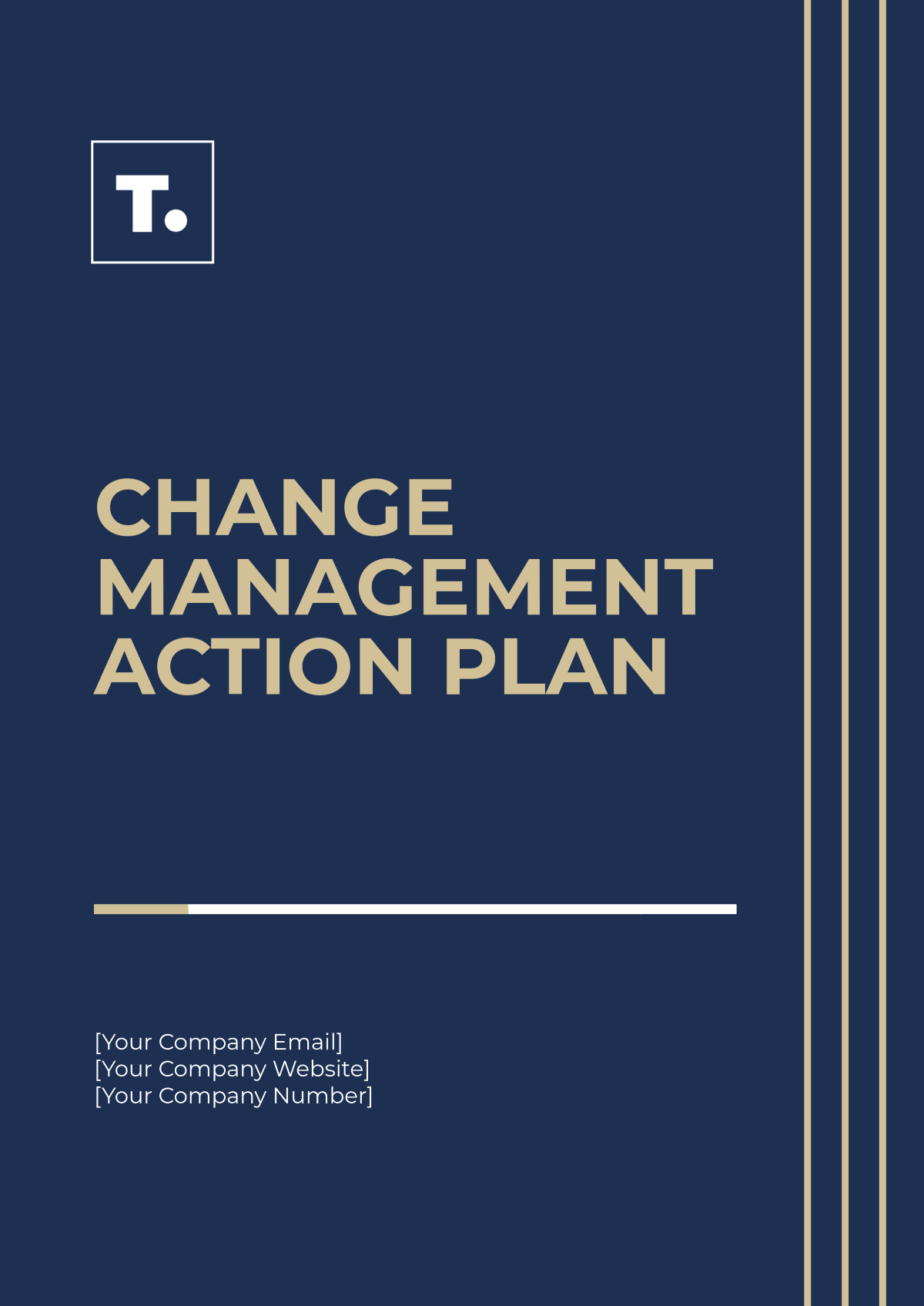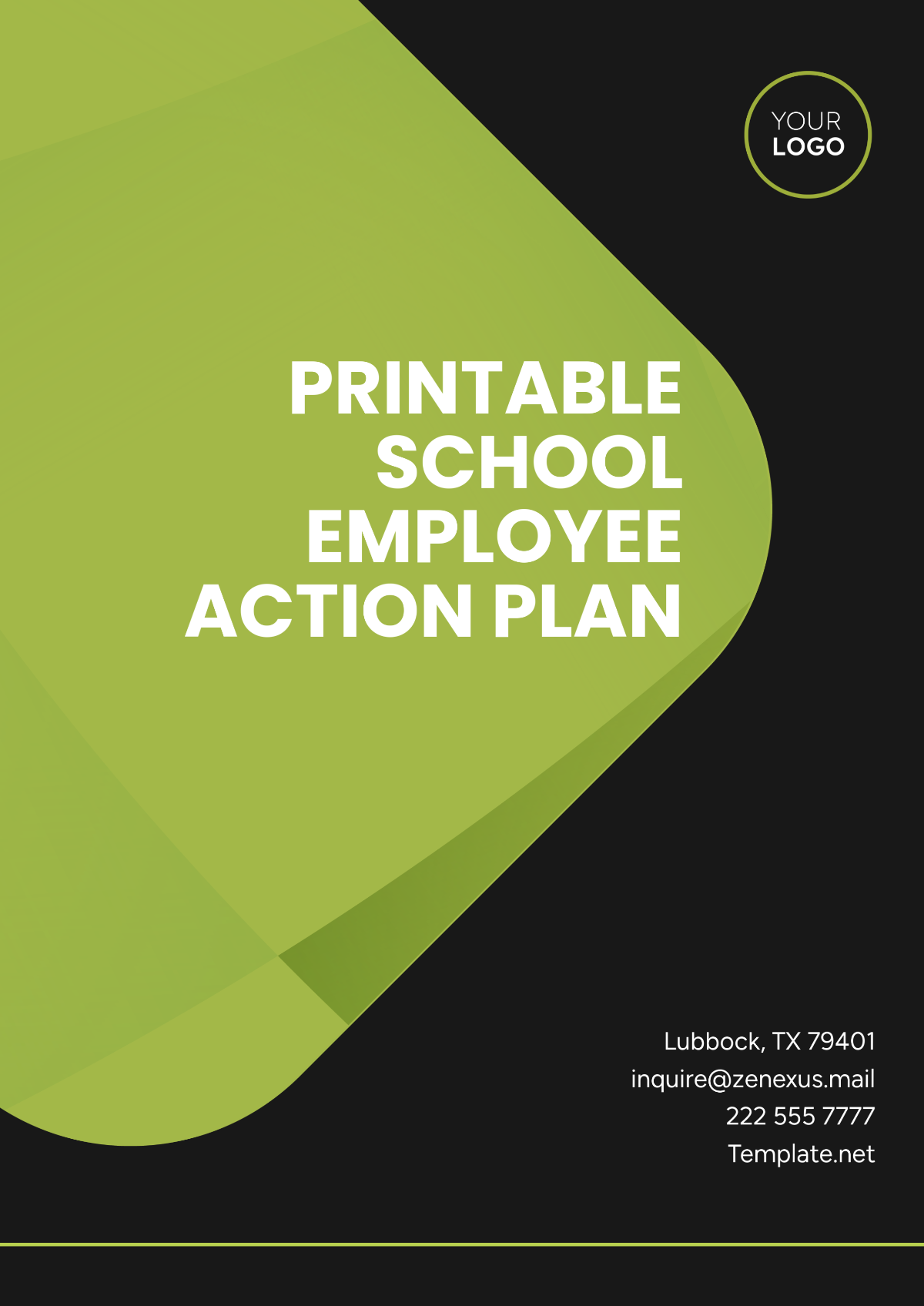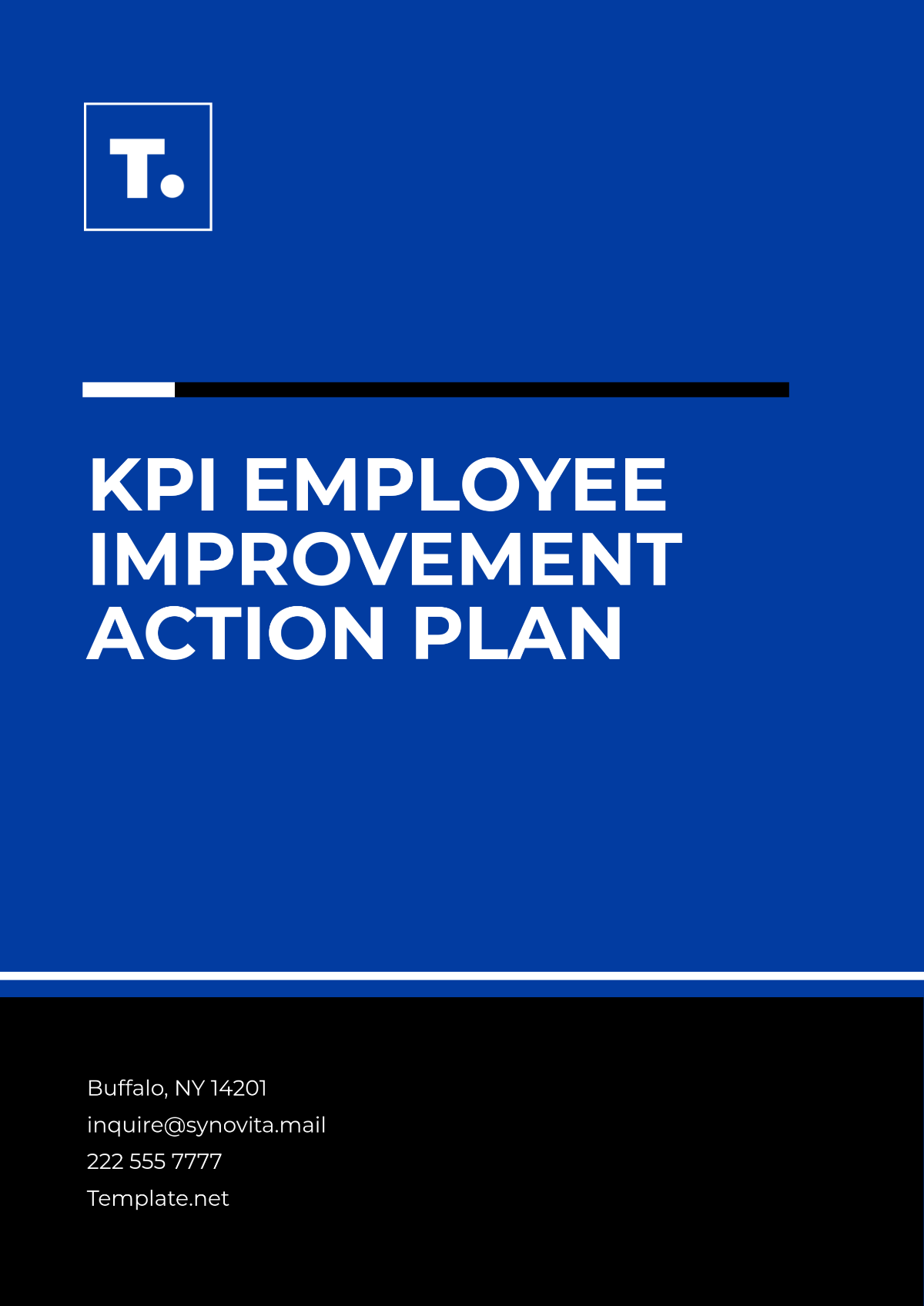Go-to-Market Action Plan
1. Executive Summary
1.1. Purpose
The purpose of this Go-to-Market (GTM) Action Plan is to outline a strategic framework for [Your Company Name] to effectively introduce its innovative products and services to the market. This document serves as a roadmap for decision-makers, stakeholders, and team members to align their efforts toward a common goal, facilitating a successful market entry. By meticulously detailing our approach, we aim to ensure clarity and focus at every stage of the product launch process, minimizing the risk of oversights or miscommunications.
1.2. Scope
This GTM Action Plan focuses on the initiatives and strategies that will be implemented from the year 2050 onward. It encompasses market research, competitive analysis, product positioning, and financial planning, among other components essential for a successful market launch. By addressing various facets of the market entry process, this plan aims to ensure that [Your Company Name] is well-positioned to capture market share and drive revenue growth. The scope also extends to the evaluation of market dynamics, customer needs, and potential barriers to entry, which are critical to shaping our overall strategy.
1.3. Key Objectives
The key objectives of this GTM Action Plan include:
To identify and analyze target market segments for optimal product placement, ensuring that our offerings resonate with potential customers.
To articulate a compelling value proposition that clearly differentiates [Your Company Name] from competitors and highlights the unique benefits of our products and services.
To define clear marketing and sales strategies that align with organizational goals, ensuring that all efforts contribute to overarching business objectives.
To allocate resources effectively for a streamlined execution of the plan, prioritizing investments that yield the highest return.
To project financial outcomes that reflect realistic growth expectations, enabling informed decision-making and strategic planning.
2. Market Analysis
2.1. Industry Overview
The industry landscape in 2050 is characterized by rapid technological advancements, evolving consumer preferences, and increased competition. Key trends impacting the industry include:
Digital Transformation: Companies are leveraging advanced technologies such as artificial intelligence, machine learning, and the Internet of Things (IoT) to enhance operational efficiencies and customer engagement. These technologies not only improve internal processes but also offer enhanced services to customers, creating a competitive edge.
Sustainability Initiatives: With growing awareness about climate change, businesses are focusing on sustainable practices, from product development to supply chain management. This shift is driven by both regulatory pressures and consumer demand for environmentally friendly products, which necessitates a strategic focus on sustainability across all business functions.
Remote Work Culture: The rise of remote work has reshaped the workforce, necessitating innovative solutions that cater to remote teams and digital collaboration. This shift has created a demand for tools and platforms that support flexible working arrangements, which will be a critical focus area for [Your Company Name].
Regulatory Changes: As governments around the world tighten regulations on various industries, companies must stay ahead of compliance requirements. Failure to adapt can lead to significant legal and financial penalties, making it essential to continuously monitor regulatory landscapes.
2.2. Target Market
Defining the target market is crucial for effective marketing strategies. The primary segments identified for [Your Company Name] include:
Target Market Segment | Characteristics | Estimated Size |
|---|---|---|
Tech-savvy Millennials | Aged 25-40, value convenience and innovation, often early adopters of technology | Approximately [50] million individuals |
Environmentally conscious consumers | Focus on sustainability and ethical consumption, prefer brands with clear eco-friendly practices | Approximately [30] million individuals |
Small to medium enterprises (SMEs) | Need for scalable solutions to improve efficiency and competitiveness in a digital marketplace | Approximately [20] million businesses |
In addition to these primary segments, [Your Company Name] will also explore niche markets that may present unique opportunities, such as industries heavily impacted by environmental regulations or those undergoing digital transformation.
2.3. Competitive Analysis
Understanding the competitive landscape is vital for positioning [Your Company Name]. Key competitors include established players and emerging startups. The analysis involves:
Market Share Assessment: Evaluating the market share of major competitors to identify opportunities for growth. This will involve collecting data on competitors’ sales, customer base, and overall market positioning.
SWOT Analysis: Identifying strengths, weaknesses, opportunities, and threats related to key competitors to inform strategy. This comprehensive analysis will enable [Your Company Name] to capitalize on competitors’ weaknesses and market gaps.
Competitor | Strengths | Weaknesses | Market Position |
|---|---|---|---|
Competitor A | Strong brand recognition and customer loyalty | Higher pricing than industry average | Market Leader |
Competitor B | Innovative technology and fast product development | Limited customer support, leading to dissatisfaction | Challenger |
Competitor C | Established customer base and distribution network | Slow product development cycle, missing new trends | Niche Player |
This competitive analysis will inform how [Your Company Name] can differentiate itself in the market by emphasizing unique features, superior customer service, or price competitiveness.
3. Value Proposition
3.1. Unique Selling Proposition
[Your Company Name] will leverage its unique selling proposition (USP) to stand out in the competitive landscape. The USP encompasses:
Innovative Features: Our products incorporate cutting-edge technology that enhances user experience, offering capabilities that competitors cannot match. For example, we will integrate AI-driven analytics that provide real-time insights to users, improving decision-making.
Customer-Centric Design: All products will be designed with direct input from target users, ensuring relevance and usability. This approach not only enhances user satisfaction but also fosters brand loyalty, as customers feel valued and heard.
Sustainable Practices: Our commitment to sustainability will be evident throughout our operations, from sourcing materials to production processes. By emphasizing eco-friendly practices, we will appeal to the growing demographic of environmentally conscious consumers.
Comprehensive Support: Along with our innovative products, we will offer unmatched customer support, including online resources, training sessions, and personalized assistance to ensure that customers fully utilize our offerings.
3.2. Product/Service Offerings
[Your Company Name] will offer a range of products and services that cater to identified market segments. These include:
Product/Service | Description |
|---|---|
Product A | A state-of-the-art software solution designed for SMEs to streamline operations and increase productivity, featuring automation capabilities and user-friendly interfaces. |
Product B | An eco-friendly product line that meets the growing demand for sustainable consumer goods, using recyclable materials and minimizing carbon footprint during production. |
Service C | Consultation services aimed at helping businesses transition to digital platforms effectively, providing tailored strategies that align with their unique challenges. |
Each offering will be designed with specific customer pain points in mind, ensuring maximum impact in the market. Additionally, we will continuously gather feedback from users to refine and enhance our products and services, ensuring they remain relevant and effective.
4. Marketing Strategy
4.1. Marketing Channels
An effective marketing strategy requires a multi-channel approach to reach diverse audience segments. Key marketing channels for [Your Company Name] will include:
Channel | Description | Target Audience |
|---|---|---|
Digital Marketing | Leveraging social media platforms, SEO strategies, and online advertisements to build brand awareness and drive traffic to our website, while also enabling direct engagement with consumers. | Tech-savvy Millennials |
Email Campaigns | Targeted emails promoting new products and services, providing personalized offers, and fostering ongoing relationships with both existing and potential customers. | SMEs and eco-conscious consumers |
Events and Trade Shows | Participating in industry events to showcase products, network with potential clients, and gain insights into industry trends while also reinforcing our brand presence in the market. | All target segments |
This diversified strategy will ensure that [Your Company Name] maximizes its reach and engagement across different customer segments. By utilizing analytics tools, we will monitor the performance of each channel and adapt our strategies based on real-time data.
4.2. Messaging and Positioning
Crafting the right messaging is critical to resonate with our target audience. The positioning statement for [Your Company Name] will emphasize:
Innovation and Reliability: Our messaging will communicate that we are at the forefront of technological advancements while also being a trusted partner for our customers.
Sustainability Commitment: We will highlight our dedication to sustainability, positioning our brand as one that not only meets consumer needs but also contributes positively to the environment.
Customer Empowerment: Our communications will focus on how our products and services empower customers to achieve their goals, whether that’s through enhanced efficiency, improved decision-making, or environmental responsibility.
4.3. Promotional Strategies
To drive awareness and adoption of our products, [Your Company Name] will implement various promotional strategies:
Strategy | Details |
|---|---|
Influencer Partnerships | Collaborating with influencers in the tech and sustainability sectors to reach their audiences and lend credibility to our brand. |
Content Marketing | Developing engaging blog posts, videos, and webinars that provide valuable insights and information related to our industry, establishing [Your Company Name] as a thought leader. |
Special Launch Promotions | Offering limited-time discounts or bundles at the launch to encourage early adoption and generate initial sales momentum. |
By employing these promotional strategies, we aim to create a strong buzz around our offerings and encourage both trial and long-term loyalty.
5. Sales Strategy
5.1. Sales Model
The sales model for [Your Company Name] will be based on a hybrid approach that combines direct sales with online sales channels. This model includes:
Direct Sales: A dedicated sales team will focus on building relationships with key clients, particularly in the SME sector, where personalized service can make a significant impact. Our sales representatives will engage directly with clients to understand their unique needs and tailor solutions accordingly.
E-commerce Platform: An easy-to-navigate online store will allow customers to purchase products directly from our website, offering convenience and accessibility for all customer segments. This platform will feature detailed product information, customer reviews, and comparison tools to facilitate informed decision-making.
5.2. Sales Process
The sales process will involve several key steps to ensure effective conversion from lead generation to closing deals:
Lead Generation: Using digital marketing strategies to attract potential customers and gather their information for follow-up.
Qualifying Leads: Assessing the potential of each lead to determine their readiness to purchase, allowing our sales team to focus on high-quality prospects.
Consultative Selling: Engaging with leads through personalized conversations to identify their specific needs and propose tailored solutions that address their challenges.
Closing the Sale: Utilizing persuasive techniques and addressing any objections to finalize the purchase decision. This may involve special offers or incentives to encourage quick decisions.
Post-Sale Follow-Up: Maintaining contact with customers after the sale to ensure satisfaction, address any issues, and explore opportunities for upselling or cross-selling.
5.3. Sales Goals
Setting clear sales goals will provide direction for the sales team and help measure performance. Key sales goals for the first year include:
Sales Goal | Target |
|---|---|
Total Sales Revenue | Achieve [$1 million] in revenue |
Number of New Customers | Acquire [500] new customers |
Customer Retention Rate | Maintain a retention rate of [80%] |
Regular monitoring of sales performance against these goals will allow for timely adjustments in strategy and tactics as needed.
6. Operational Plan
6.1. Resource Allocation
Effective resource allocation will be crucial for the smooth implementation of the GTM plan. Key resources to consider include:
Human Resources: Hiring skilled personnel in sales, marketing, and customer support to facilitate operations and ensure that we meet the diverse needs of our customer base. Training programs will also be developed to ensure that all employees are aligned with the company's mission and values.
Financial Resources: Allocating budget for marketing campaigns, product development, and operational costs to ensure that all initiatives are adequately funded. Detailed financial forecasting will help anticipate future resource needs.
Physical Resources: Securing office space, equipment, and technology necessary for daily operations, which may involve leasing office space in strategic locations to foster collaboration and productivity.
A detailed resource allocation plan will ensure that all necessary elements are in place for smooth operations. Regular reviews of resource usage will be conducted to ensure alignment with strategic goals.
6.2. Technology Requirements
Investing in technology will enable [Your Company Name] to operate efficiently and effectively. Key technology requirements will include:
Customer Relationship Management (CRM) System: To manage customer interactions and sales pipeline effectively, the chosen CRM system should integrate seamlessly with other tools used by the company to create a unified view of customer interactions.
Marketing Automation Tools: To streamline marketing campaigns and measure effectiveness, these tools will help in targeting the right audiences at the right time, increasing conversion rates.
Data Analytics Software: To analyze customer data, market trends, and operational performance, enabling informed decision-making and strategic adjustments in real time. This will facilitate a data-driven culture within the organization.
Implementing these technologies will provide the infrastructure needed for data-driven decision-making and operational efficiency.
6.3. Key Performance Indicators
Establishing Key Performance Indicators (KPIs) will help track progress toward goals and ensure that the company remains on course. Relevant KPIs will include:
KPI | Description | Target |
|---|---|---|
Monthly Sales Growth | Percentage increase in sales revenue month over month | [10%] monthly growth |
Customer Acquisition Cost | Average cost to acquire a new customer | Under [$200] per customer |
Customer Satisfaction Score | Measure of customer satisfaction through surveys | Achieve a score of [4.5/5] |
Monitoring these KPIs will enable [Your Company Name] to adapt its strategies and operations effectively, ensuring continued alignment with market demands and customer expectations.
7. Financial Projections
7.1. Revenue Streams
Understanding potential revenue streams will guide financial planning and resource allocation. Key revenue streams for [Your Company Name] will include:
Direct Sales: Revenue generated from product sales through direct channels, which will constitute the primary source of income in the initial phases of market entry.
Subscription Services: Recurring revenue from subscription-based services, if applicable, providing a steady cash flow that can support long-term business growth.
Consulting Fees: Revenue generated from consulting services provided to businesses, which will not only serve as an additional income stream but also strengthen customer relationships.
A diversified revenue model will help stabilize income and mitigate risks associated with market fluctuations, allowing for sustained investment in growth initiatives.
7.2. Budget Overview
A comprehensive budget will be essential for tracking expenditures and ensuring profitability. The preliminary budget for the first year includes:
Category | Estimated Cost |
|---|---|
Marketing Expenses | [$250,000] |
Sales Team Salaries | [$300,000] |
Technology Investments | [$150,000] |
Operational Costs | [$100,000] |
Regular budget reviews will be conducted to ensure adherence and to make adjustments as needed, allowing for proactive management of financial resources.
7.3. Financial Goals
Setting financial goals will provide clear targets for performance and allow [Your Company Name] to measure success. The financial goals for the company over the first three years will include:
Year 1: Break-even by achieving [$1 million] in revenue, ensuring that initial investments are recouped and establishing a foundation for future growth.
Year 2: Achieve a profit margin of [15%] on sales, indicating operational efficiency and effective cost management.
Year 3: Increase net profit by [20%] compared to the previous year, demonstrating sustained growth and the ability to scale operations effectively.
Achieving these goals will position [Your Company Name] for long-term sustainability and growth, enhancing its reputation within the industry.
8. Implementation Timeline
8.1. Key Milestones
Establishing a timeline with key milestones will help keep the GTM plan on track and provide clear objectives for the team. Major milestones will include:
Milestone | Target Date |
|---|---|
Completion of Market Research | Month 3, Year 1 |
Launch Marketing Campaign | Month 6, Year 1 |
Official Product Launch | Month 9, Year 1 |
Achieve [$1 million] in sales revenue | Month 12, Year 1 |
Regular progress assessments will ensure that milestones are met on schedule, fostering accountability and collaboration within the team.
8.2. Responsible Parties
Assigning responsibility for each milestone will promote accountability and ensure that all team members are aligned toward common goals. Key roles and responsibilities include:
Milestone | Responsible Party |
|---|---|
Completion of Market Research | Marketing Director |
Launch Marketing Campaign | Sales Manager |
Official Product Launch | Product Manager |
Sales Revenue Tracking | Finance Team |
Regular check-ins will be scheduled to ensure that all responsible parties are aligned and making progress, promoting a culture of transparency and teamwork.
9. Risk Management
9.1. Potential Risks
Identifying potential risks is essential for effective risk management and mitigation strategies. Key risks associated with the GTM plan include:
Market Competition: The entry of new competitors or aggressive strategies from existing ones may hinder [Your Company Name]'s ability to capture market share.
Technological Changes: Rapid technological advancements may require constant updates to products, increasing costs and complexity.
Economic Fluctuations: Economic downturns or shifts in consumer spending can negatively impact sales and revenue forecasts, posing challenges to achieving financial goals.
9.2. Mitigation Strategies
To address these risks, [Your Company Name] will implement several mitigation strategies:
Competitive Intelligence: Regularly monitor competitor activities and market trends to adapt strategies proactively, ensuring that [Your Company Name] remains competitive and responsive.
Agile Development: Implement an agile product development approach that allows for quick adjustments and enhancements to products in response to changing market needs.
Financial Reserves: Maintain a financial reserve to buffer against unexpected downturns, ensuring that the company can sustain operations during challenging periods.
By proactively identifying and addressing potential risks, [Your Company Name] can enhance its resilience and adaptability in the face of uncertainty.


